Translation services for Patient Medical Records in the UK are critical in safeguarding sensitive healthcare information, particularly given the stringent data protection regulations like GDPR. These services ensure compliance by implementing advanced encryption standards, cybersecurity measures, and blockchain technology to protect patient data during translations. They employ AI-driven algorithms to provide accurate medical terminology translations while maintaining the integrity of the information. Regular audits and ongoing compliance checks are conducted to verify that all aspects of data processing meet the highest standards of confidentiality and integrity. The UK's healthcare system leverages these services to facilitate multilingual patient care, ensuring that patient data remains secure and private across different languages and platforms, thus upholding the trust and confidence in the healthcare framework.
In an era where data breaches pose a significant threat, safeguarding patient data within translations is paramount. This article delves into robust strategies employed by UK translation services to ensure the security of sensitive medical records while navigating language barriers. We explore compliance with stringent regulations like GDPR and the Data Protection Act, secure handling protocols, advanced encryption methods, and the critical role of confidentiality agreements. Additionally, we highlight the importance of rigorous staff training, secure transmission protocols, access control measures, and regular audits to maintain unwavering data protection standards. With a focus on adherence to HIPAA and other international regulations, and an eye on future-proofing with cutting-edge technologies, this piece provides a comprehensive overview of the measures taken to protect patient confidentiality in medical record translations within the UK.
- Ensuring Compliance with GDPR and Data Protection Act for Patient Medical Records in UK Translation Services
- Secure Handling: Steps Taken at Every Stage of Translation for Patient Data
- Advanced Encryption Methods for Protecting Patient Information During Translation
- Role of Confidentiality Agreements and Non-Disclosure Pacts in Translation Service Provision
- Rigorous Staff Training Programmes on Data Protection in Medical Translation Services
- Utilizing Secure Transmission Protocols for Sending Patient Records Across Languages
- Implementing Access Control Measures to Restrict Patient Data Access in Translations
- Regular Audits and Compliance Checks to Maintain High Data Security Standards
- Adherence to HIPAA and Other Relevant Regulations for International Patient Medical Record Translation
- Future-Proofing Patient Data Safety with State-of-the-Art Technologies in UK Translation Services
Ensuring Compliance with GDPR and Data Protection Act for Patient Medical Records in UK Translation Services

In the United Kingdom, the translation of patient medical records necessitates a robust framework to ensure compliance with stringent data protection regulations. The General Data Protection Regulation (GDPR), which came into effect in May 2018, and the UK’s Data Protection Act 2018, set forth clear guidelines on how personal data, including sensitive medical information, should be handled. Translation services specialising in Patient Medical Records UK are tasked with implementing secure data transfer protocols that safeguard the confidentiality of patient data throughout the translation process. This includes adhering to GDPR’s principles such as lawfulness, transparency, and data minimisation, ensuring that only necessary information is translated and protected against unauthorised access or disclosure. Furthermore, these services must maintain detailed records of data processing activities, a requirement under Article 30 of the GDPR, to demonstrate compliance and facilitate data subject rights requests. By employing state-of-the-art encryption technologies and conducting regular security audits, translation services for Patient Medical Records UK can provide assurance that patient data remains secure and private, adhering to the highest standards of data protection in the healthcare sector.
Secure Handling: Steps Taken at Every Stage of Translation for Patient Data
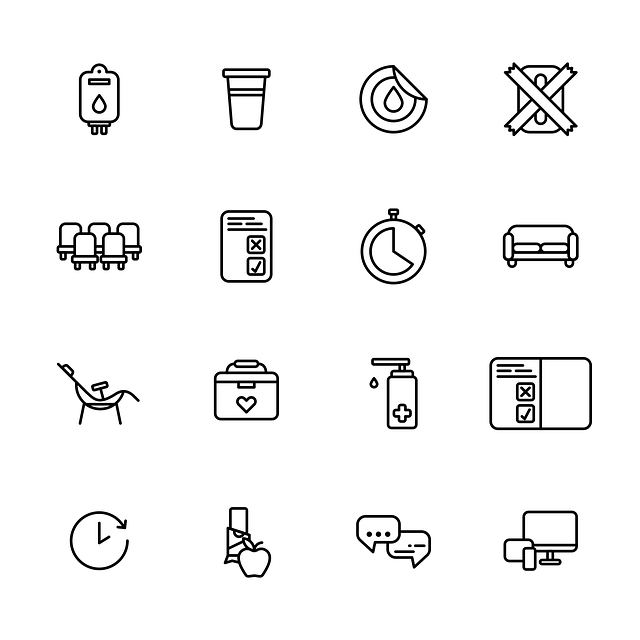
In the UK, the translation of patient medical records necessitates a robust framework for secure handling at every stage of the process. Top-tier translation services for Patient Medical Records UK implement stringent data protection measures to safeguard sensitive information. These measures begin with access controls, ensuring that only authorized personnel can handle the data. Each step in the translation workflow is encrypted, preventing unauthorized access or breaches. The translation services adhere strictly to the UK’s Data Protection Act 2018 and the General Data Protection Regulation (GDPR), which mandates strict guidelines for the processing of personal data. This commitment to compliance is complemented by the use of secure data transfer protocols, such as SFTP or HTTPS, to protect patient information during both incoming and outgoing transmissions. Moreover, all personnel involved in the translation process undergo rigorous training on privacy laws and ethical considerations, ensuring that they handle patient data with the utmost care and confidentiality. The translation services for Patient Medical Records UK are not just about linguistic accuracy; they encompass a comprehensive approach to security, making them a trustworthy ally in the healthcare sector’s quest to maintain patient privacy and data integrity.
Advanced Encryption Methods for Protecting Patient Information During Translation

In an era where data breaches and cyber threats are becoming increasingly sophisticated, safeguarding patient data during translation is a paramount concern for healthcare providers in the UK. Translation services for Patient Medical Records UK must incorporate advanced encryption methods to ensure the confidentiality and integrity of sensitive health information. Utilising state-of-the-art encryption algorithms like AES (Advanced Encryption Standard) 256-bit, service providers can secure patient data against unauthorized access during the translation process. These encryption methods are applied not only to the content itself but also to any associated metadata, ensuring a robust security framework that protects personal information from prying eyes. Furthermore, these services often employ end-to-end encryption, which means that data is encrypted on the patient’s device and remains encrypted until it reaches the intended recipient, such as a healthcare professional or institution. This approach minimises the risk of interception and ensures compliance with stringent data protection regulations like the UK’s General Data Protection Regulation (GDPR). By adopting these advanced encryption methods, translation services for Patient Medical Records UK can offer healthcare providers a secure means to communicate patient information across language barriers without compromising on security or privacy.
Role of Confidentiality Agreements and Non-Disclosure Pacts in Translation Service Provision
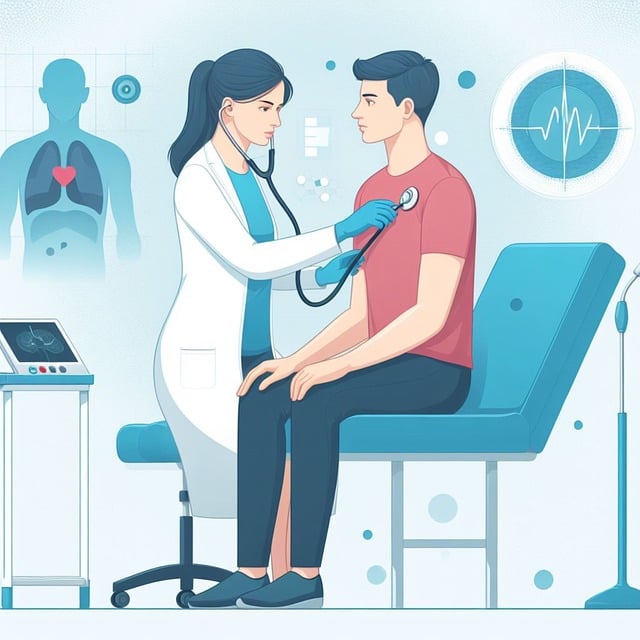
In the provision of translation services for Patient Medical Records within the UK, the utmost priority is ensuring the confidentiality and security of sensitive data. A robust framework underpins this commitment, with Confidentiality Agreements (CAs) and Non-Disclosure Pacts (NDPs) serving as linchpins in safeguarding patient information. These legally binding documents are meticulously drafted to stipulate the obligations of both the service provider and the client. They outline the strict protocols that must be followed, detailing who can access the data, how it should be handled, and the severe consequences if these standards are breached. This legal safeguard is paramount in the translation services for Patient Medical Records UK context, as it ensures that personal health information remains private and secure across all stages of the translation process.
Furthermore, the implementation of advanced encryption technology and secure data transfer protocols complements these legal agreements. Service providers are required to use state-of-the-art systems for converting data into codified form to prevent unauthorized parties from accessing patient records. This dual approach of legal contracts paired with cutting-edge technological solutions ensures a comprehensive security framework that protects Patient Medical Records UK from the risks associated with digital data transfer and storage. It is this integration of stringent legal commitments and sophisticated technical measures that instills trust in translation service providers within the healthcare sector, making them indispensable allies in maintaining patient confidentiality.
Rigorous Staff Training Programmes on Data Protection in Medical Translation Services

In an era where data breaches and cyber threats are ever-present, translation services for Patient Medical Records in the UK must implement stringent staff training programmes on data protection within the medical translation domain. These programmes are not just a legal necessity but a fundamental aspect of maintaining patient trust and ensuring compliance with regulations such as the General Data Protection Regulation (GDPR). A robust training curriculum encompasses not only the technical aspects of data security, including encryption and secure file transfer protocols, but also educates staff on the ethical considerations and professional standards required when handling sensitive health information. This comprehensive approach to training ensures that every translator and support staff member is fully aware of their responsibilities, the potential risks involved, and the importance of maintaining patient confidentiality throughout the translation process.
Furthermore, these rigorous training programmes are designed to be dynamic, adapting to the latest advancements in cybersecurity and data protection. They emphasize the critical role that each team member plays in safeguarding patient data, fostering a culture of vigilance and privacy within medical translation services. By integrating real-life scenarios and continuous learning modules, these training initiatives empower staff to recognize potential security threats and respond appropriately, thereby protecting the integrity and confidentiality of Patient Medical Records UK with the highest level of care and expertise.
Utilizing Secure Transmission Protocols for Sending Patient Records Across Languages

In an era where healthcare data crosses linguistic barriers, the protection of patient information is paramount. To safeguard patient medical records within the UK and across languages, secure transmission protocols play a critical role. These protocols are designed to encrypt and protect sensitive data during transfer, ensuring that patient details remain confidential as they are translated into different languages. The use of advanced encryption standards (AES) combined with secure socket layer (SSL) technology provides a robust barrier against unauthorized access, effectively preventing potential data breaches during the translation process. This is particularly important for translation services dealing with Patient Medical Records UK, where compliance with the General Data Protection Regulation (GDPR) and other data protection laws is non-negotiable. By leveraging these secure transmission protocols, healthcare providers can confidently share patient medical records between different language speakers without compromising on privacy or security.
The adoption of these secure transmission protocols is a testament to the commitment of translation services within the UK healthcare sector to uphold the highest standards of data protection and patient confidentiality. It ensures that whether a patient record is being translated from English to Spanish, or from Welsh to Mandarin, the integrity and confidentiality of the information are maintained throughout the entire process. This commitment extends beyond mere compliance; it reflects a deep understanding of the trust patients place in their healthcare providers and the translation services they rely on. As such, healthcare organizations and translation service providers must continuously evaluate and improve their data transmission security measures to meet the evolving demands of protecting patient medical records in a multilingual environment.
Implementing Access Control Measures to Restrict Patient Data Access in Translations
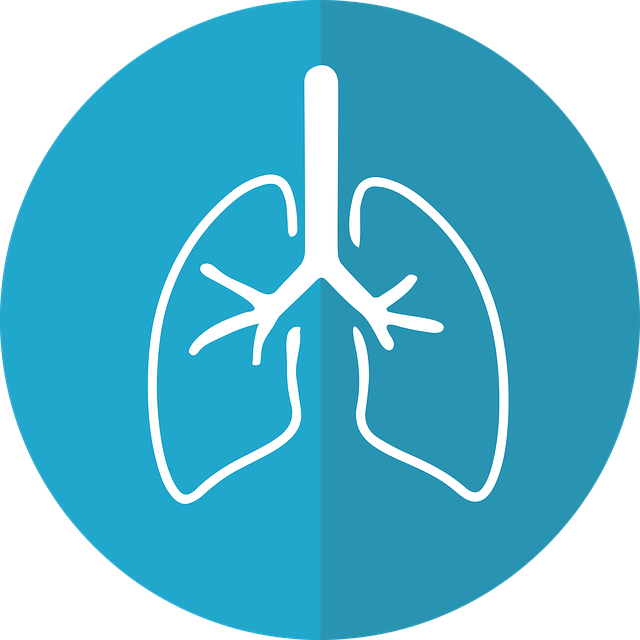
In the context of providing translation services for Patient Medical Records in the UK, safeguarding patient data is paramount. Access control measures are a cornerstone of this security framework. By implementing robust access control systems, healthcare providers can ensure that only authorized personnel have the ability to view or handle sensitive medical records during the translation process. These controls are designed to authenticate users based on their roles and clearance levels, thereby restricting data access to those who genuinely need it for legitimate purposes. This multi-layered approach includes user identification through secure login credentials, encryption of data both at rest and in transit, and regular audits to monitor access patterns and detect any unauthorized attempts to access patient information. Such measures not only comply with stringent data protection regulations such as the UK’s General Data Protection Regulation (GDPR) but also provide a safeguard against potential breaches that could compromise the confidentiality and integrity of patient medical records during translation into different languages. By prioritizing access control, translation services can maintain the highest standards of security and trust, essential for the ethical and legal handling of patient data in a multilingual environment.
Regular Audits and Compliance Checks to Maintain High Data Security Standards

In the context of providing translation services for Patient Medical Records in the UK, maintaining high data security standards is paramount. To ensure that patient confidentiality and data integrity are upheld, translation service providers conduct regular audits. These audits systematically evaluate internal processes and compliance with stringent regulations such as the General Data Protection Regulation (GDPR) and the UK’s Data Protection Act 2018. The process involves a thorough examination of all data handling practices, from the initial point of data collection to its final translation and dissemination. This rigorous approach not only identifies potential vulnerabilities but also verifies adherence to established policies and procedures, thereby fortifying the safeguards for sensitive patient information.
Furthermore, ongoing compliance checks are integral to maintaining a robust security posture. These checks are designed to assess whether the translation service provider remains in alignment with current healthcare data protection standards and best practices. They encompass a review of access controls, encryption methods, and data transfer protocols. By continuously monitoring their systems and ensuring that they meet the necessary legal and ethical requirements, these providers can offer assurance that patient medical records translated for UK patients are secure from unauthorized access and potential breaches. This commitment to regular audits and compliance checks is a testament to the translation service provider’s dedication to protecting sensitive patient data.
Adherence to HIPAA and Other Relevant Regulations for International Patient Medical Record Translation
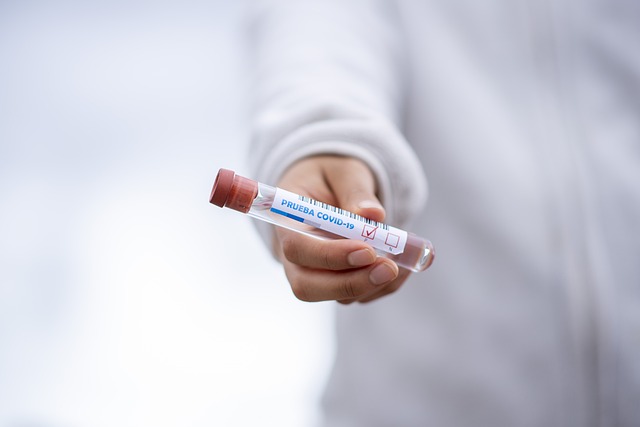
In an era where healthcare is becoming increasingly globalized, the translation of patient medical records is a critical task that requires stringent adherence to data protection regulations. In the UK, the Health Insurance Portability and Accountability Act (HIPAA) may not directly apply, as it is a United States legislation, but its principles serve as a gold standard for safeguarding personal health information (PHI). Translation services for patient medical records in the UK must instead comply with the General Data Protection Regulation (GDPR), which sets a high standard for data privacy and protection. These translation services must ensure that all PHI is handled securely, with access restricted to authorized personnel only, and that any transfer of data across borders adheres to cross-jurisdictional data transfer rules. The UK’s Data Protection Act 2018 complements GDPR by providing a statutory framework for the handling of personal data, including PHI within medical records. Moreover, the National Health Service (NHS) has its own set of guidelines and best practices that must be followed to protect patient confidentiality during translation processes. The use of specialized translation services with expertise in medical terminology and familiarity with both the source and target languages is paramount. These services often employ advanced encryption methods and secure data handling protocols to ensure that patient data remains confidential and intact throughout the translation process, safeguarding against unauthorized access or data breaches. By adhering to these regulations and leveraging state-of-the-art technology and methodologies, translation services for patient medical records in the UK can effectively maintain the integrity and privacy of sensitive health information, ensuring compliance and trustworthiness in a global healthcare context.
Future-Proofing Patient Data Safety with State-of-the-Art Technologies in UK Translation Services
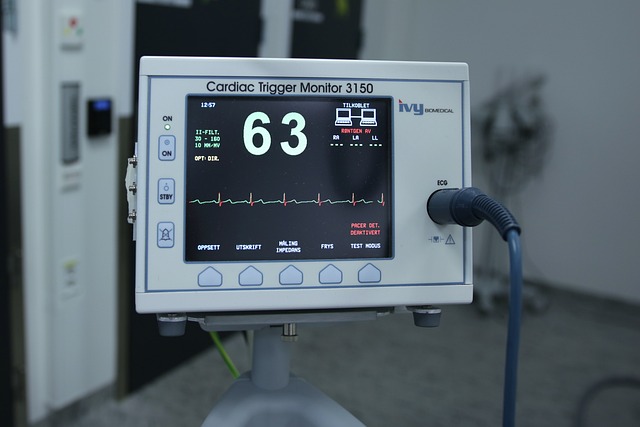
In an era where patient data is paramount to both individual privacy and the integrity of healthcare systems, translation services for Patient Medical Records UK are at the forefront of employing cutting-edge technologies to future-proof this sensitive information. The UK’s stringent data protection laws necessitate robust measures to ensure that patient medical records, when translated across languages, remain secure and confidential. State-of-the-art encryption methods and advanced cybersecurity protocols are integral to these services, safeguarding against unauthorized access and data breaches. Moreover, the deployment of blockchain technology for record-keeping provides an immutable ledger that is resistant to tampering, enhancing trust and reliability in the system. These services leverage AI-driven translation algorithms that not only provide accurate translations but also adapt to the context of medical terminology, ensuring that nuances and critical information are preserved. By staying abreast of technological advancements, UK translation services for Patient Medical Records are committed to upholding the highest standards of data protection, enabling healthcare providers to offer care across linguistic barriers without compromising on patient confidentiality or data integrity. With a focus on compliance with regulations such as the GDPR, these services are tailored to meet the specific needs of the healthcare sector, ensuring that patient data is not only protected today but is also safeguarded for tomorrow’s evolving digital landscape.
In conclusion, the safeguarding of patient data within translations is a multifaceted endeavor that demands stringent compliance with regulations such as the GDPR and Data Protection Act in the UK. Through secure handling at every translation stage, advanced encryption methods, robust confidentiality agreements, comprehensive staff training, secure transmission protocols, access control measures, and regular audits, translation service providers in the UK are committed to protecting patient information. By adhering to both local and international standards like HIPAA, these services ensure that patient medical records are handled with utmost privacy and security. The commitment to future-proofing patient data safety with state-of-the-art technologies underscores the translation services for patient medical records UK’s dedication to upholding the trust and confidentiality expected by healthcare providers and their patients. This proactive approach in the realm of translation services not only aligns with but often exceeds legal requirements, offering peace of mind for sensitive data exchange across languages.



